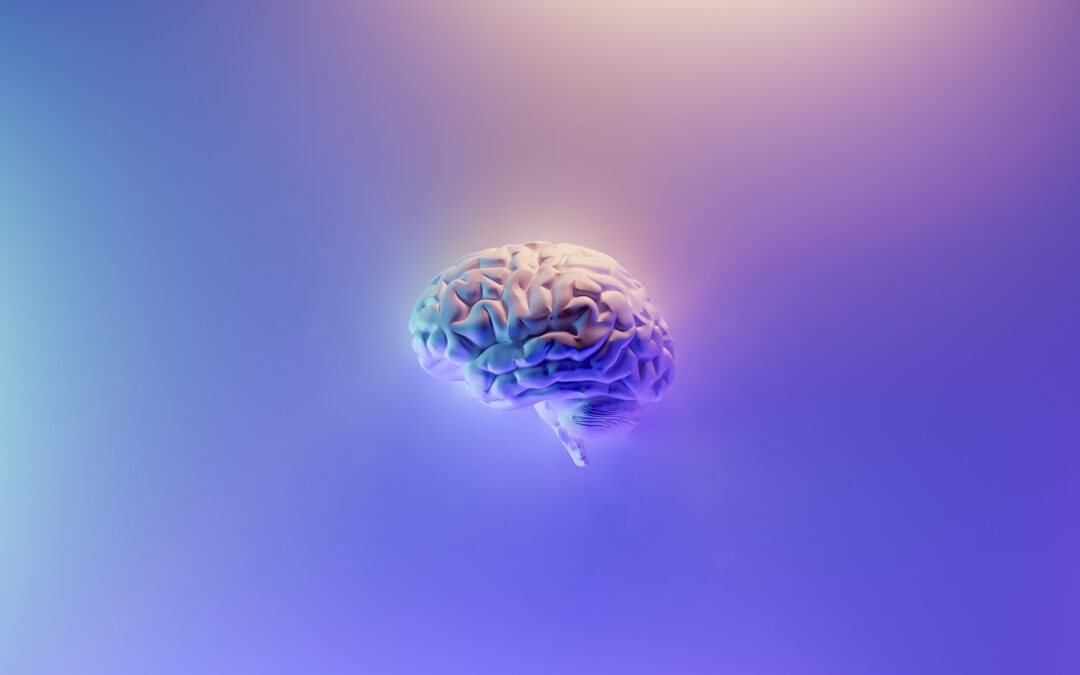In 2024, one thing we know for sure is that people are in need of effective trauma psychotherapy. One effective modality is known as Brainspotting. In this blog, I will briefly spend some time talking about what it is and how it is done.
What is Brainspotting? Brainspotting’s “catchphrase” is, “Where you look affects how you feel” (Grand, 2013). David Grand, PhD discovered Brainspotting in 2003 while conducting EMDR on a client of his. While moving his fingers back and forth in front of the client’s eyes (known in EMDR as bilateral stimulation), he noticed that this particular client’s eyes wobbled at one particular position on the x-axis of her visual field. Dr. Grand held his hand at that spot. Recalling this instance in his book on Brainspotting, Grand (2013) wrote, “For the next ten minutes, Karen’s eyes remained locked on my unmoving fingers. She watched and reported on a flood of images that seemed to come out of nowhere” (p. 13). He went on to describe how memories came through and were quickly processed. What was most striking to him is how deep the processing went. He wrote, “But what grabbed my attention most were the memories of Karen’s traumas, which I thought had fully resolved. Now they reopened and somehow processed through to a deeper resolution” (Grand 2003, p. 13). Grand went on to develop what he discovered into more of a formal modality, known as Brainspotting.
Common Questions:
- What is it helpful for? Brainspotting has been successfully used to process trauma, process current stressors, alleviate performance anxiety, alleviate depressive symptoms, and more.
- After 20 years of existence, what does a Brainspotting session look like? That’s a great question! There are multiple approaches to Brainspotting (Gazespotting, Rolling Brainspotting, Inside Window, Outside Window, etc.), but the one I have used most often is known as Inside Window Brainspotting. Inside Window Brainspotting is very client-led typically consists of the following:
- The therapist and client identify the current issue, whether it is a past trauma or an ongoing current stressor.
- The therapist and client review this stressor. While discussing it verbally, special attention is drawn to somatic sensations and how disturbing this memory or issue feels in the present.
- The therapist then utilizes a pointer to help the client identify a spot on the x axis of their visual field most strongly connected to the somatic symptoms and psychological disturbance.
- While holding the x-axis spot, the therapist and client determine if there are any changes if the y-axis is engaged (if the spot is shifted upwards or downwards). ○ Once the spot is determined, the therapist invites the client to focus on the spot, the issue at hand, the psychological disturbance, and what they feel in their body. ○ One of the main differences between Brainspotting and other forms of psychotherapy is that the therapist typically talks very little during this part of the process. This is because Brainspotting is a deep-brain process. If the therapist engages the client too much verbally, it risks pulling them out of processing. ○ This process is conducted, with the client focused on the Brainspot and processing, until the issue is fully processed (its disturbance reaching a 0 or as close to a 0 as possible).
- Sometimes, this takes multiple sessions. Other times, it happens in a single session.
- This is a very, very brief rundown of what Inside Window Brainspotting looks like!
I am currently trained in Brainspotting Phases 1, 2, and 4, and am attending Phase 3 (taught by David Grand) in March. My Brainspotting Phase 4 training was also taught by David Grand in December of 2023. Phase 3 focuses on utilizing Brainspotting for performance anxiety with athletes, singers, etc., and I greatly look forward to bringing what I’ve learned to my clients. Dr. Grand is a very kind, humble, and brilliant man. It’s an honor to learn from him.
For research articles about Brainspotting, please visit here.
References:
Grand, D., PhD. (2013). Brainspotting: The revolutionary new therapy for rapid and effective change. Sounds True.

